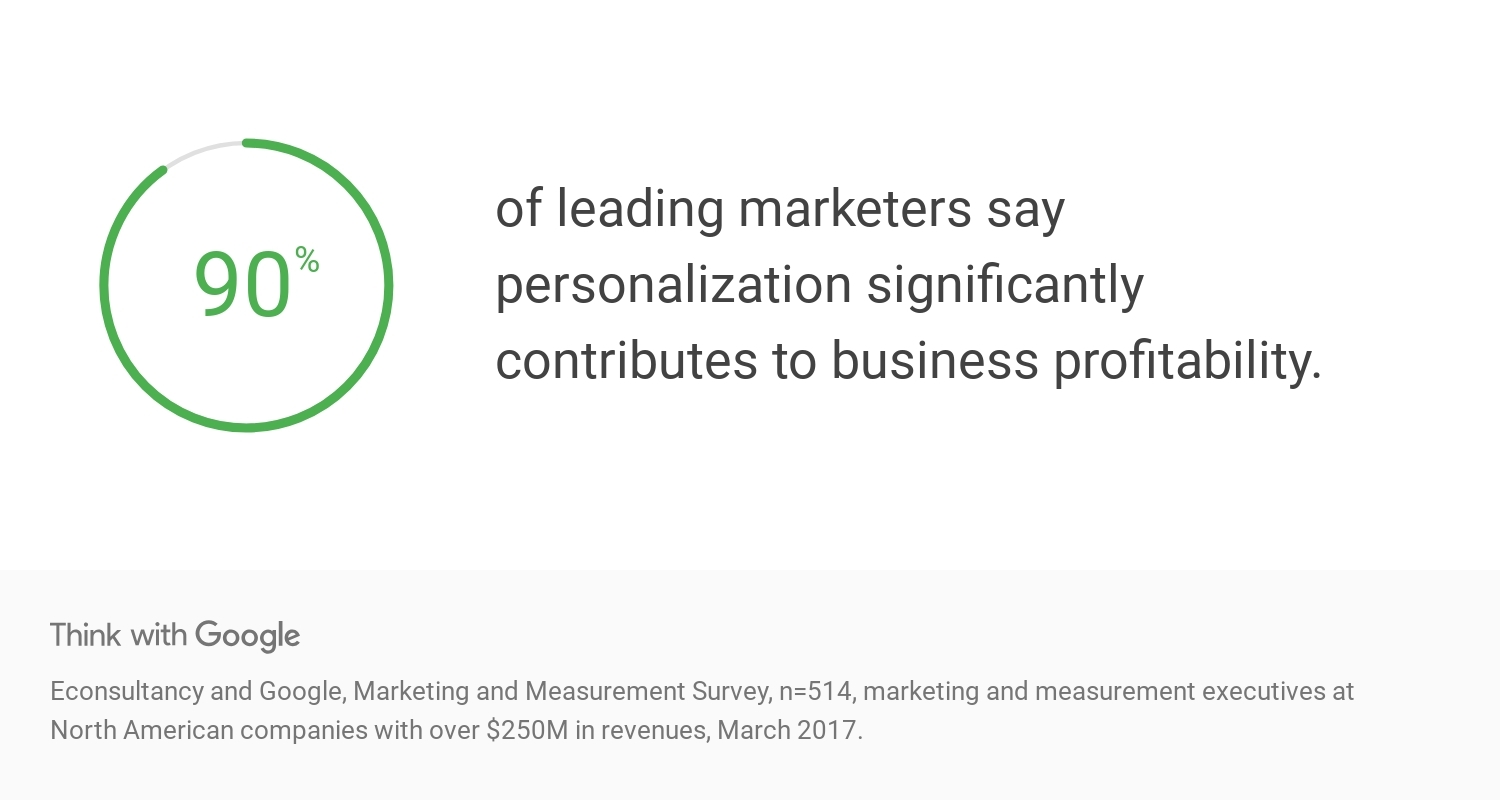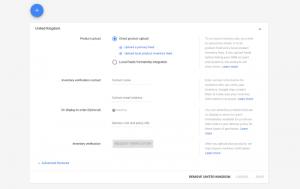— July 19, 2019
Give Me 10 Minutes, I’ll Give You The Truth About Personalized Marketing
I know you’ve heard this before. Personalize your marketing messaging and you’ll get better results. So, you started putting the recipient of your email marketing campaign’s first name in the subject line and no great results. There’s nothing more to conclude than that this personalized marketing stuff doesn’t work…just like all that other digital stuff people talk about.
However, personalized marketing is about a whole lot more than just putting someone’s name in the subject line of an email message and once you develop all of your marketing efforts around personalized marketing, you will see the results.
Does this stuff really work?
 According to Google, and others, it sure does. In a Google Think article they have a statistic that states 90% of leading marketers say that personalization significantly contributes to business profitability! That’s huge!
According to Google, and others, it sure does. In a Google Think article they have a statistic that states 90% of leading marketers say that personalization significantly contributes to business profitability! That’s huge!
And it’s not just Google. According to a study by Enverge, 96% of marketers say that personalization will advance the relationships with their customers.
And, 74% of the respondents claim that personalization has a “strong” or “extreme” impact on their marketing results.
Why are you struggling
Don’t feel bad if you’re not seeing significant results to your personalization efforts, you’re not alone.
Enverge’s study found that the marketers that they talked with are more unsatisfied with their ability to achieve successful personalization, today than they have ever been. Only 12% of these marketers said that they are either “very” or “extremely” satisfied with their personalization results. And, only 38% said that they are “moderately” satisfied.
- Is it the data? One problem that marketers seem to still be struggling with is centralized data. Too often customer data is collected in silos. Marketing will have databases and spreadsheets spread across the department while sales will have their databases and spreadsheets spread across their department. And, none of these data sources talk with one another.
- Have you segmented your email lists correctly? Again, personalization is about more than just putting someones first name in a subject line. It’s about delivering relevant messaging to people and in order to do that you have to have them put into a list that is, well, relevant.
- Is there a process in place? If your company doesn’t have a process in place for collecting and using the appropriate customer data your personalization efforts will never provide the results that it should.
Customers want personalization
An article in Retail Customer Experiences states “More than half, 63 percent, of consumers expect personalization as a standard of service and believe they are recognized as an individual when sent special offers.
And, its not just retail customers. Salesforce surveyed over 6,700 consumers and business buyers and found that all buyers have the same fundamental expectations regardless of the type of purchase.
If this works and customers want it…what’s the problem
The days of looking at your customer interaction as a transaction are long gone. Your customers today, whether that customer is a consumer or a business buyer, is looking for an overall experience, or relationship, with the companies that they do business with. If you don’t offer that, they will find someone that will. This is the single biggest flaw in most marketers execution of a personalization plan.
Problem number two, an over-simplification view of personalization. Putting the recipients first name in the subject line and thinking that you’ve accomplished personalization.
There are statistics that show an over-simplification use of personalization will actually hurt the results of an email campaign as opposed to helping it. I saw a study that showed open rates for a non-personalized email message had a 77% higher open rate that an email message with just a first name tag for personalization.
Ultimately customers, both consumers and b-to-b buyers want personalization and they are willing to give the brand that gives them the personalized messaging that they want, their business.
We also know that these buyers are willing to give you their information, if you promise to give them the stuff that they want. Again, according to the survey by Salesforce 57% of people are willing to share some of their personal data in exchange for personalized offers. 52% said that they’d share some of their data in exchange for product recommendations.
Conclusion
In the end, customers, both retail and b-to-b, want personalization. They view your ability to personalize your marketing messages to them as your commitment to your relationship with them and they consider your personalization as part of their brand experience with your company.
We also know that most marketers are not integrating the data that they have to the full level that the customer expects. We also know that if you’re only going to use the simplest forms of personalization like putting the recipients name in the subject line, you will most likely get worse engagement with your marketing messages.
To use personalization to its fullest, as marketers, we have to really understand what our customers want at each stage of their buying process and make sure that we are delivering that information.
Consider these options for further your personalization efforts:
- Smart CTAs: Smart CTA’s are text within a call to action, like a button, that is more personalized for the person that is receiving your marketing message. Think about how you would use a call to action in an email that you send to a current client vs a person that you know nothing about. The call-to-action to your current client would probably have some verbiage about their current business situation (i.e. “increase the leads for your blue widget”).
- Dynamic Content: Use some of the data that you have on your email lists to adjust the entire message. Here’s an example: if you have two products, one that is intended toward female users and one toward male users, use dynamic content to display an image that is more relevant for a female to the female recipients and an image that is more relevant a male to the male recipients.
Business & Finance Articles on Business 2 Community
(56)
Report Post





